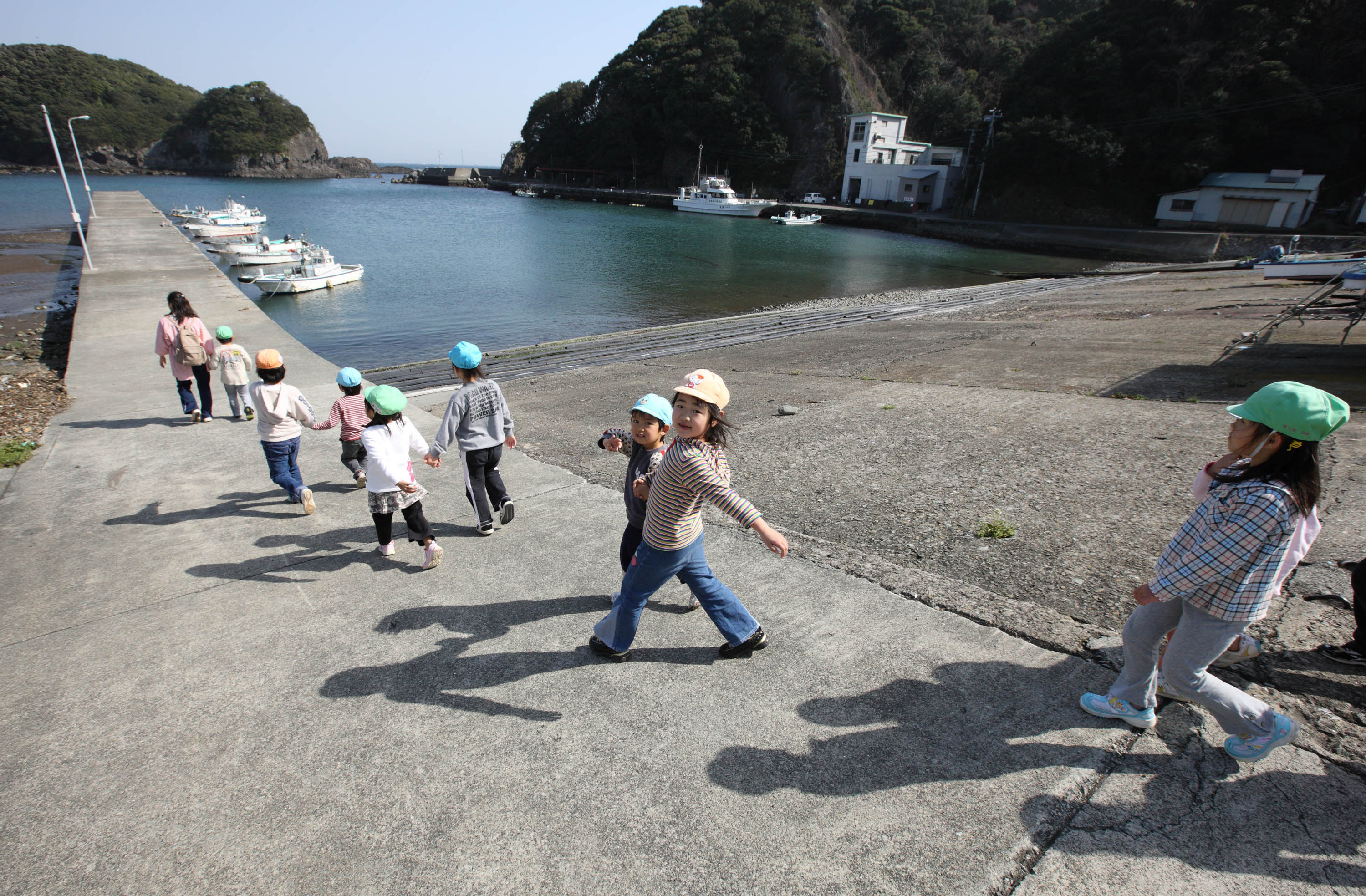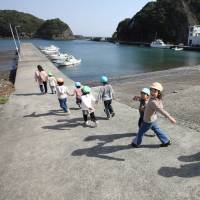Japan's population excluding resident foreign nationals fell last year at the fastest pace yet, down 271,834 from a year earlier to 125,891,742 as of Jan. 1, the government said Wednesday. The measurements have been made since 1968.
It was the seventh straight year of decline, with the population sliding below 126,000,000 for the first time in 17 years, the Ministry of Internal Affairs and Communications said.
The number of registered foreign residents was up 5.41 percent from a year earlier to 2,174,469, with a notable rise in Nagasaki Prefecture, where many non-Japanese work in the shipbuilding industry.
The shrinkage of the Japanese population may add to pressure on Prime Minister Shinzo Abe's government as it frantically tries to slow the trend.
The population declined in 41 of the 47 prefectures, with Hokkaido posting the largest drop. By contrast, Tokyo marked the biggest rise. The data also suggest more young couples are starting families in Tokyo.
Tokyo was followed by Kanagawa, Aichi, Saitama, Okinawa and Chiba prefectures, all of which posted gains. Kanagawa, Saitama and Chiba surround Tokyo.
There were slightly more births, at 1,010,046, compared with 1,003,554 a year earlier, but the number of deaths also rose. The "natural population loss" — deaths subtracted from births — thus came to 286,098. The pace of loss was the fastest since 1979, the earliest year for which comparable data are available.
People aged 65 or older accounted for 26.59 percent of the population. The elderly have grown in number every year since 1994, when the government began to collect the data.
The proportion of people aged 14 or younger was 12.82 percent and continued to shrink.
Japan's population peaked in 2009 at 127,076,183 and has since been declining.




